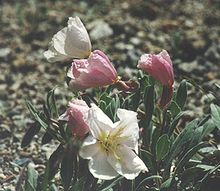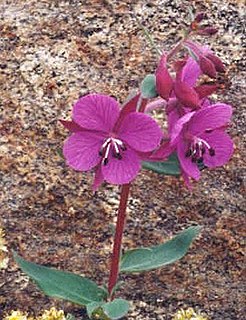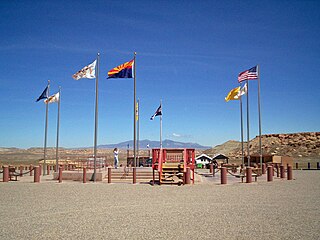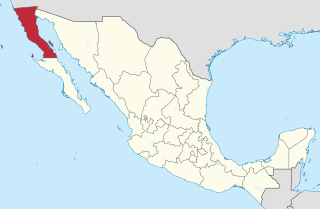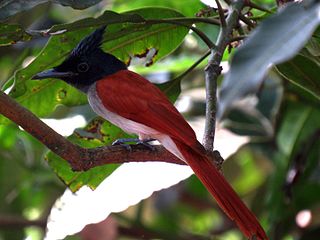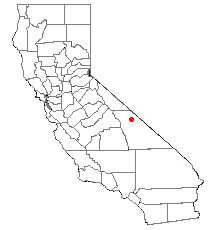
The Eureka Valley Sand Dunes are located in the southern part of Eureka Valley, in northern Inyo County in eastern California, in the southwestern United States. Although covering an area of only 3 square miles (8 km2), the dunes rise approximately 680 feet above the surrounding valley floor, making them one of the highest dune fields in North America. Eureka Valley is a basin and range structural valley oriented northwest-southeast and enclosed by the Last Chance Range to the east and the Saline Range to the west. The Eureka Dunes themselves are located in the southeastern most tip of the valley and trend north-south, parallel to Last Chance Range. According to a USGS survey map, the surrounding mountain ranges contain rocks that date back to the Mississippian and Cambrian periods while the surficial deposits on the valley floor are made up mainly of alluvium dating to the Quaternary period. They are also classified as booming sand dunes, one of only about forty worldwide.

Oenothera caespitosa, known commonly as tufted evening primrose, desert evening primrose, rock-rose evening primrose, or fragrant evening primrose, is a perennial plant of the genus Oenothera native to much of western and central North America. It produces a rosette of lobed or toothed leaves each up to 36 centimeters long around a woody caudex.

Arctostaphylos glandulosa, with the common name Eastwood's manzanita, is a species of manzanita.

Erysimum menziesii is a species of Erysimum known by the common name Menzies' wallflower.

Oenothera deltoides is a species of evening primrose known by several common names, including birdcage evening primrose, basket evening primrose, lion in a cage, and devil's lantern. It is native to the Southwestern United States and northern Mexico, where it grows in sandy habitats from desert to beach.
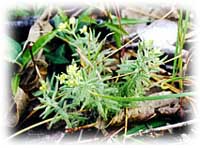
Galium californicum is a species of flowering plant in the coffee family known by the common name California bedstraw.
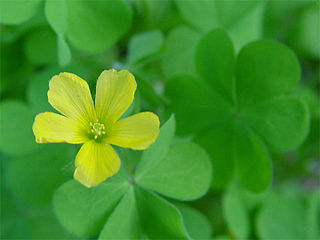
Oxalis albicans, commonly known as radishroot woodsorrel, is North American species of perennial herbs in the woodsorrel family. It is widespread in Mexico and the southwestern United States.
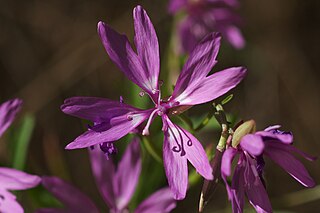
Clarkia biloba is a species of flowering plant in the evening primrose family known by the common name twolobe clarkia and two lobed clarkia.
Clarkia tembloriensis is a rare species of flowering plant in the evening primrose family, known by the common name Temblor Range clarkia.

Encelia actoni, also known by the common names Acton brittlebush and Acton encelia, is a species of flowering plant in the daisy family.
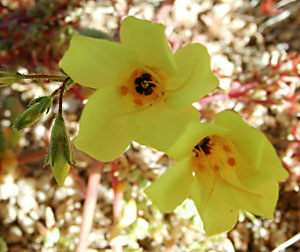
Leptosiphon aureus is a species of flowering plant in the phlox family known by the common name golden linanthus.
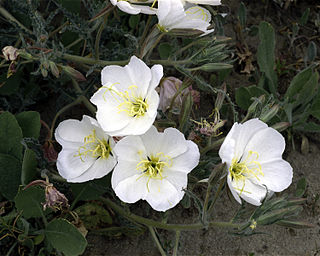
Oenothera deltoides subsp. howellii, the Antioch Dunes evening primrose, is an endangered subspecies of plant in the family Onagraceae, genus Oenothera, and species Oenothera deltoides.
Notholaena californica is a species of fern known by the common name California cloak fern. It is native to southern California, Arizona, and adjacent northwestern Mexico, where it grows in dry and rocky conditions, often in desert and chaparral habitats.

Oenothera primiveris is a species of flowering plant in the evening primrose family known by the common names yellow desert evening primrose, bottle evening-primrose, and desert evening-primrose.

Orobanche californica, known by the common name California broomrape, is a species of broomrape. It is a parasitic plant growing attached to the roots of other plants, usually members of the Asteraceae.

Cupressus stephensonii is a species of conifer known as the Cuyamaca cypress, and is endemic to southern California. It has been classified as Hesperocyparis stephensonii. It was previously listed as Cupressus arizonica subsp. stephensonii and Cupressus arizonica var. glabra.

Silene campanulata is a species of flowering plant in the pink family known by the common names Red Mountain catchfly and bell catchfly.

Thlaspi californicum is a rare species of flowering plant in the mustard family known by the common name Kneeland Prairie penny-cress. It is endemic to California, where it is known from only one stretch of grassland in Humboldt County. It is threatened by development. It is a federally listed endangered species of the United States.
